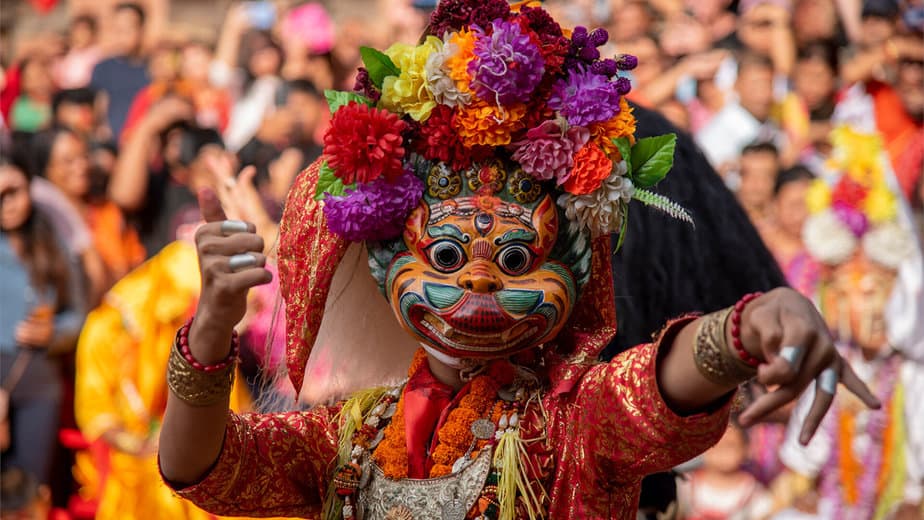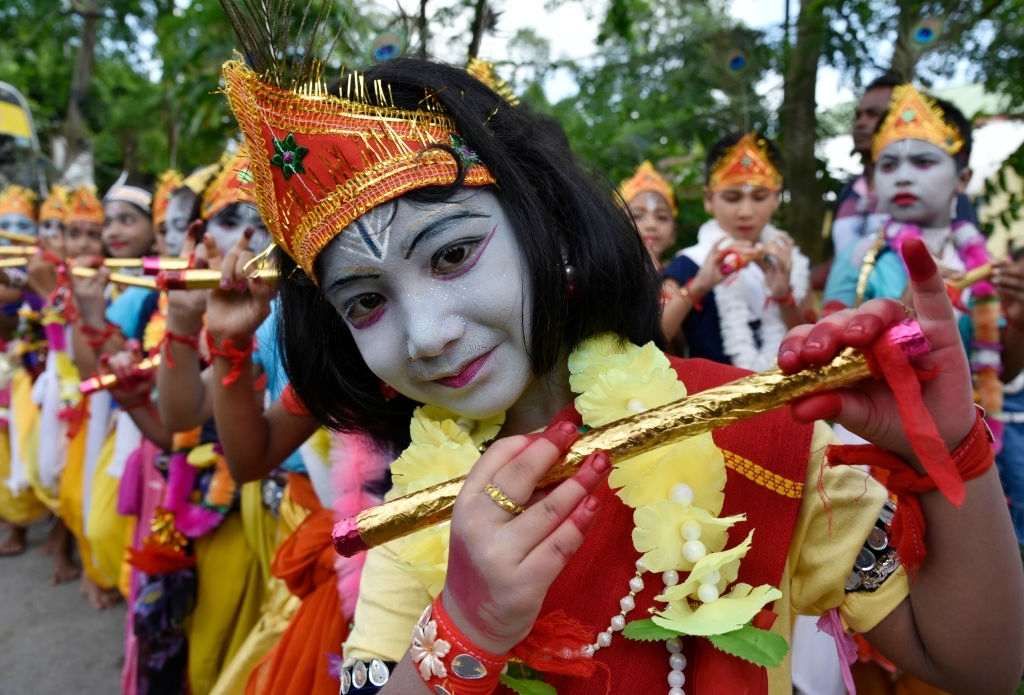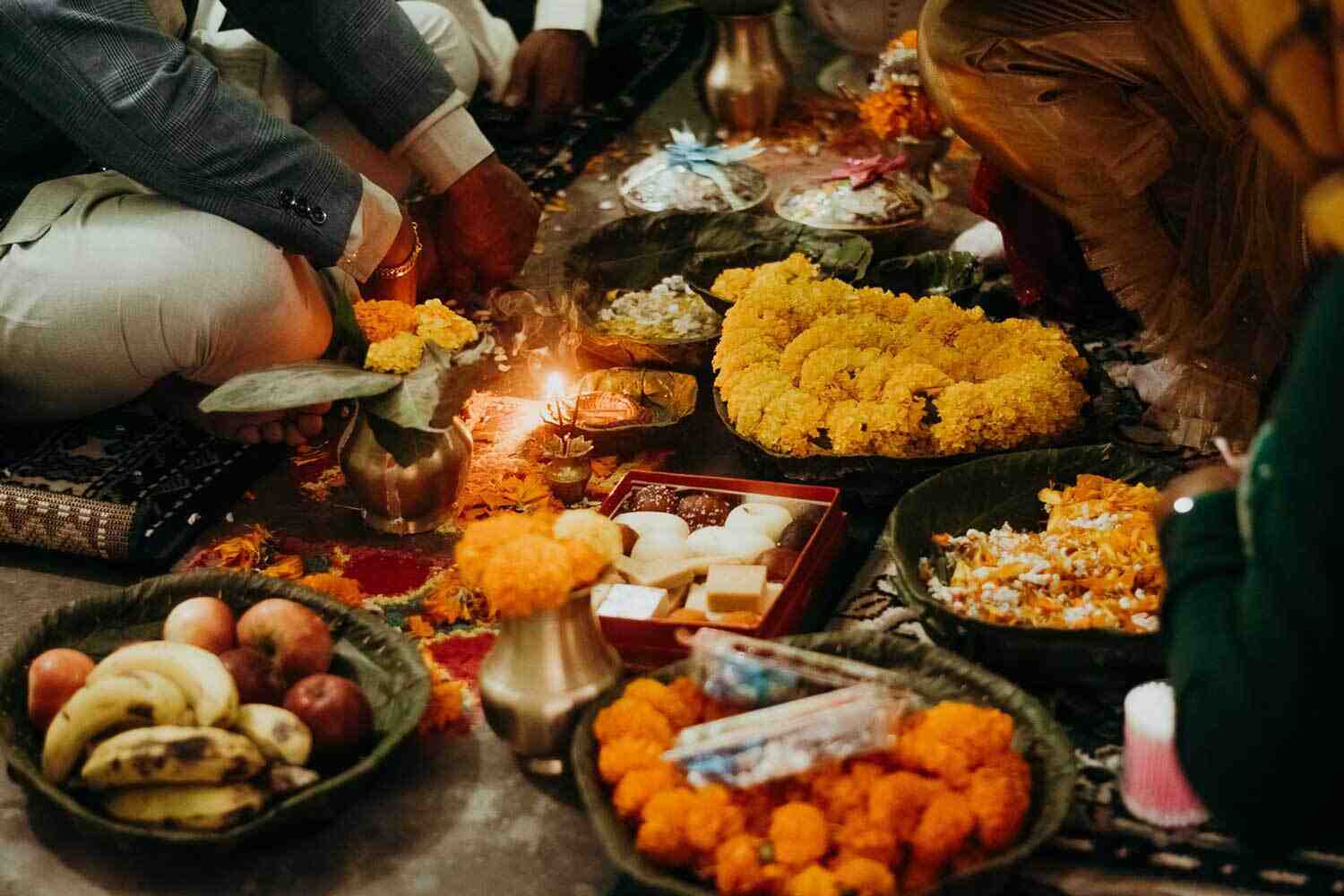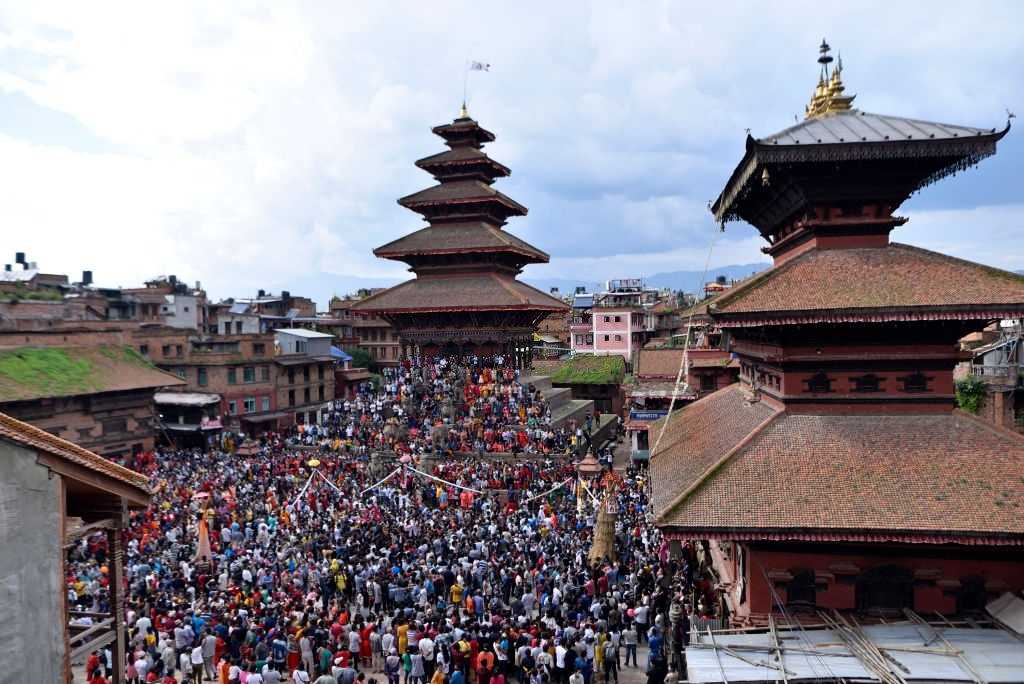Nepal is a country with various ethnic and indigenous peoples with distinct arts, cultures, and religions. They are Nepalese society's prominent aspect. They celebrate different festivals with their unique rituals and customs throughout the year. However, their way of celebrating festivals and lifestyles is different. The customs are mostly derived from Hindu and Buddhist traditions.
Customs is another important feature of Nepali society. The custom is different as many castes and ethnic communities are present. The underlying pattern of religions guides them. However, the parents decide on marriage arrangements rather than boys or girls. In some societies, blind superstitions such as shamanism still exist. The cow is adorated as a goddess so that they do not eat the goods. The husbands usually work outside and the husbands do, but it eradicates slowly. Some social groups, who are considered high castes, do not allow others to be known by the visitors in their kitchen.
1) Nuwaran (Name-giving ceremony):
From the Hindu belief, Nuwaran is an 8th (for girls) and 9th (for boys) day of birth child naming ceremony. In Nuwaran, an astrologer determines the auspicious starting letter for the child's names along with the length of the name, depending on the date and time of birth and the alignment of the stars. For rituals and pujas, the child's birth name is necessary and usually is not known. In Sherpa communities, there is an interesting naming ceremony because kids are often named for the day they were born. Thus, a child born on Thursday would be called 'Phurba' (the symbol of Jupiter). Moreover, the children from Sherpa also receive names like Dorje (wisdom). The names of the day often come under the names of "Phu-Dorje," for example (Jupiter wisdom).
2) Pasni (Rice feeding ceremony):
For the first time, a child's rice pudding is fed in a ceremony held at Pasni. This is the first time that a child gets food other than the milk of his or her mother. It indicates the child's growth to the next stage of life. It is celebrated on various dates for children as Pasni is celebrated for children during the fifth month and for boys in the sixth month following their birth.
3) Bratabandha:
Bratabandha is a ceremony to mark the change from childhood to virility. It is so important that a man cannot marry until he has bratabandha performed. The boy's head is shaved during the ceremony and different rituals are performed. Rituals vary from community to community in Bratabandha. Rituals during the bratabandha in Hindu communities represent the banishment of boys (symbolism of Lord Ram's exile), while rituals in the Buddhist communities represent a boy's renouncement of worldly pleasure and a monk's transformation into a monk.
4) BelBibaha:
Each woman in her lifetime undergoes three different marriage rituals; BelBibaha's (wood apple marriage), Bahrah's (sunny) ceremony, and marriage to a young boy. BelBibaha is a ceremony in Newar in which girls from pre-adolescents marry wood apple fruit. It is commonly known as 'Iha.' For Lord Kumar, son of Lord Shiva (one of Hinduism's most divine deities) as a bridegroom, the wood apple is a sign of this fruit. The importance of this ritual is that the girl is chaste and fruitful throughout her life. She will also be sheltered in case her real husband dies as she is considered to be married to Lord Kumar and not considered a widow.
5) Bahra Ceremony:
The Bahra ceremony is a ceremony for girls around the time of their first menstruations, popularly known as "gufarakhne" or sun marriage. Although this ceremony contains many variants, a girl is usually cached in a room in which no sun can penetrate and for 12 days she can see no male's face. In one corner of the room, which the girl regularly worships, a voodoo doll depicting BahraKhayak(Cave ghost). At the end of the 12 days, she gets a bath to clean herself and is decorated with her traditional wedding costume. Following an elaborate ritual, a priest weds the girl with the sun to show her that the sun reflected from a mirror to show Gufa's end and her female life started.
6) ChoriBibaha (Marriage by kidnapping):
In the Tamang communities, ChoriBibaha is a traditional marriage ritual. Usually, this ritual takes place if the bride does not easily consent or a boy wants to avoid long arranged wedding processes. A girl is often caught by a boy from a fair or a market. After captured she may be allowed to return to her parents if the girl persistently refuses to marry for a period of three days. An adequate marriage ceremony is held if she consents. This ritual has rarely been observed in recent times, as modernization and enforcement of laws against abduction.
7) Sky Burial:
In the mountainous highlands, as in Upper Mustang and Dolpa in Nepal, Sky burial is a unique method of funeral. The body is left to be eaten by scavenging birds or animals such as vultures, Himalayan griffons, lamerger, etc. It is placed in specific burial sites. It is believed that the corpse should not be maintained in the Tibetan tradition since it is just an empty boat. In the highlands, since the soil is too rocky and the decomponents are lacking, together with fuel and wood for cremation, it is the most reasonable option for a cemetery to take place in the sky. These are just a few of Nepal's interesting customs and rituals. Nepal is as rich as its natural resource and mountain in traditional and cultural heritage. Explore the ancient culture of Nepal as a journey through the Himalayas is memorable and fulfilling.







